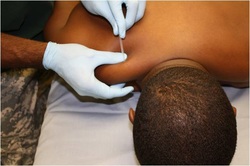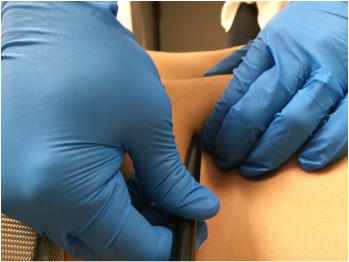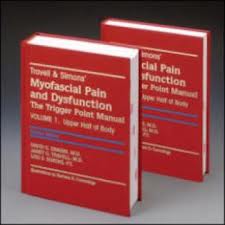What is the difference between acupuncture and dry needling?
- The similarity between the two treatments is the use of a very small diameter thin filament solid needle known as an acupuncture needle
- Learn about acupuncture from the NC Board of Acupuncture Licensing Board http://www.ncalb.com/
- Dry Needling places needles into tight muscles or muscle knots known as myofascial trigger points in accordance with a full PT evaluation and extensive knowledge of anatomy for the purpose of desensitizing a painful or tight muscle
- Dry Needling is only one part of a physical therapy treatment plan and can facilitate the use and success of other treatments such as joint mobilization, soft tissue mobilization, muscle energy techniques, long passive stretching, and neuro-motor control retraining (targeted therapeutic exercise) for the overarching goal of decreasing pain and restoring function
- Every PT patient may not be safe or amenable to dry needling
- Dry Needling started with physicians performing trigger point injections in the 1960s; at the end of the 1970s, physicians studying different kinds of injectable medicines for trigger points used a control group with dry needling (meaning with no medicine); all groups improved; thus began research and practice into the needle effect without injectable medicine for treating myofascial pain; physical therapists started using dry needling in the treatment of myofascial pain in the 1980s
- Learn more about dry needling from the American PT Association http://www.apta.org/StateIssues/DryNeedling/
- Acupuncturists can certainly employ needles in trigger points; physical therapists cannot perform acupuncture
What is a Trigger Point?Trigger points are muscle knots that can be a tight spot within a taut band of skeletal muscle or the taut band itself located within a larger muscle group. Trigger points can be tender to the touch and can refer pain to distant parts of the body.
|
What is Trigger Point Dry Needling?Dry Needling is a treatment used by physical therapists to treat myofascial pain by inserting a dry into areas of muscle known as trigger points. The term "dry" differentiates this treatment from the insertion of a needle in order to inject medicine.
|
What can Trigger Point Dry Needling do for PT patients?
|
Is Trigger Point Dry Needling supported by scientific research, outcomes data, and substantial clinical experience?
|
Like all best-practice medicine or physical therapy, Trigger Point Dry Needling is informed by evidence-based medicine and clinical reasoning. The rationale for dry needling is based on well-established models of neuropathic pain. Research evidence including over 30 clinical trials has shown that dry needling is effective in the management of chronic low back pain, whiplash associated disorders, plantar heel pain, elbow pain, and other musculoskeletal conditions.
|



